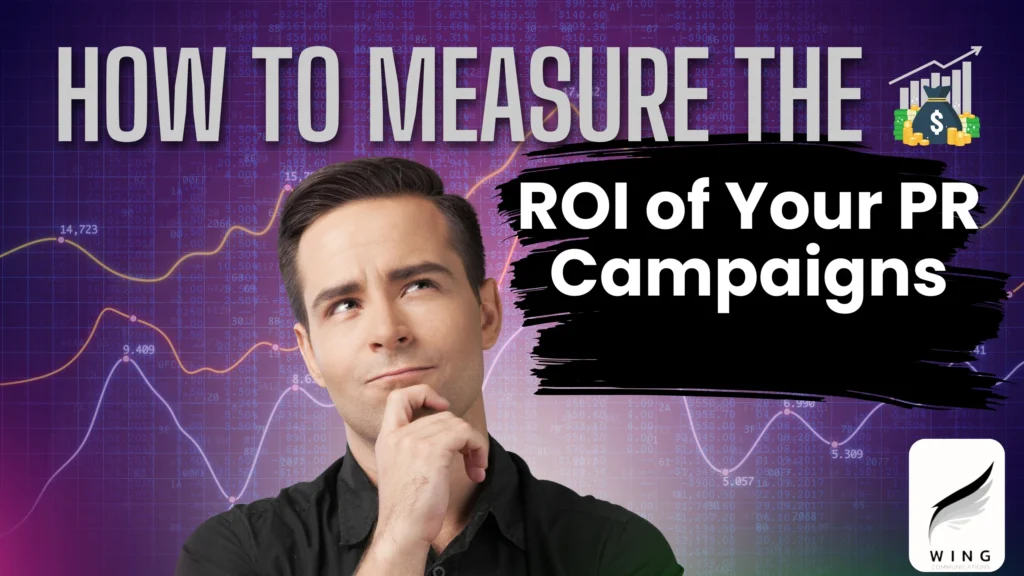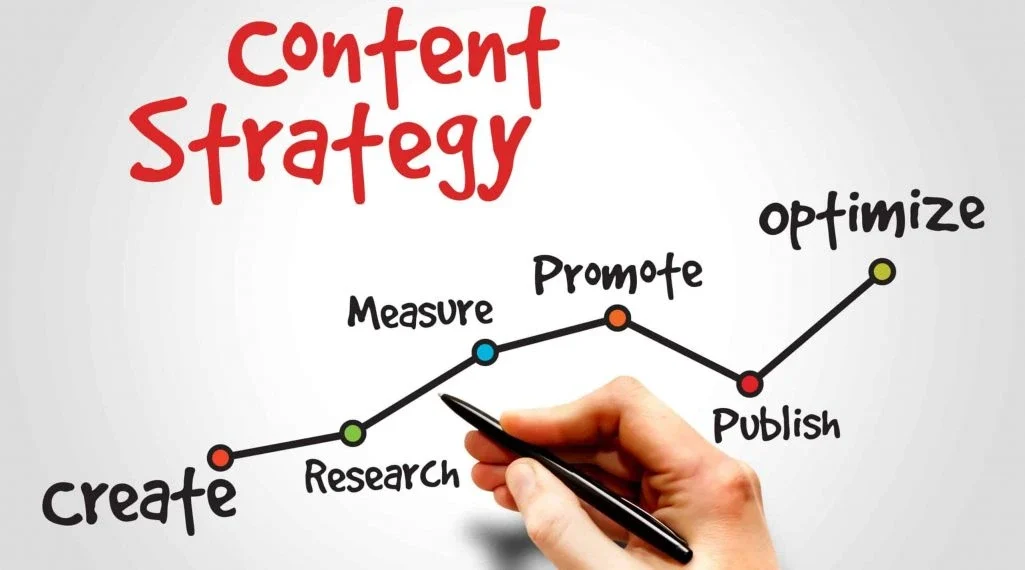How to Measure the ROI of Your PR Campaigns

How can you demonstrate that public relations (PR) can improve your brand’s visibility, credibility, and financial performance? From startups in Bengaluru to established companies in Delhi, Wing Communications has assisted companies all over India in measuring the results of their PR campaigns. Connecting the linkages between effort and results is more important than simply counting media mentions when calculating the Return on Investment (ROI) of public relations. This is your comprehensive reference to PR ROI calculation, supported by statistics and practical ideas.
1. Define Clear Objectives
Understanding your goals is the first step towards achieving ROI. Are you creating leads, increasing website traffic, or raising brand awareness? According to a 2023 PRCA Asia-Pacific Report, 68% of effective PR initiatives have quantifiable, clear objectives.
2. Track Media Impressions
Impressions quantify the number of people who watched your story. Digital, TV, and print mentions can be counted using tools like Media Monitoring Services or Meltwater. This measure is significant in India, where 400 million people read newspapers (Indian Readership Survey 2019).
Pro Tip: To calculate an Advertising Value Equivalent (AVE), multiply impressions by the outlet’s ad fee. However, experts warn that AVE is only a beginning point and not the whole picture.
3. Measure Website Traffic
Digital action is frequently driven by PR. To monitor referral traffic resulting from media publicity, use Google Analytics. According to a HubSpot study from 2022, PR-driven traffic increases averaged 25% after the campaign.
Wing Comm Case:
Following a YourStory feature that was directly linked to a press release, our campaign for a tech company in Hyderabad experienced a 40% increase in visitors. Connect UTM parameters to identify PR’s function.
4. Calculate Lead Generation
If you want to increase revenue, monitor PR leads. Include a special landing page or promo code in the story, such as yoursite.com/pr-offer. PR is a top source of leads for 54% of marketers, according to a Cision 2021 report.
5. Assess Brand Sentiment
ROI is perception, not simply money. Positive, neutral, and negative sentiment in coverage are analysed by tools such as Brandwatch. According to a 2023 Nielsen survey, good PR increases brand trust by 33%.
Real-World Win:
Following a profile in The Hindu, Wing Comm’s collaboration with a sustainability business in Chennai changed opinion from neutral to 80% favourable.
6. Compare Costs to Outcomes
Here’s the math:
ROI (%) = [(Value Generated – PR Cost) / PR Cost] x 100
- Value Generated: Revenue from leads, AVE, or estimated traffic value (e.g., cost-per-click rates).
- PR Cost: Agency fees, tools, or staff time.
7. Benchmark Against Industry Standards
Context is important. According to AMEC PR Measurement Toolkit, PR ROI averages 3:1 (₹3 return for every ₹1 spent). Top campaigns in India achieved a 5:1 ratio, according to internal statistics from Wing Comm. To improve future efforts, compare your results.
8. Use Integrated Tools
Streamline with tech:
- Hootsuite Insights: Social media buzz.
- SimilarWeb: Traffic benchmarks.
- Wing Comm’s Custom Dashboards: Tailored reporting for clients.
The Wing Comm Edge
Measuring PR ROI isn’t guesswork—it’s strategy. At Wing Communications, we blend analytics, storytelling, and industry know-how to deliver results you can see and count. Ready to turn your PR into profit? Contact us and let’s measure what matters.
PR ROI measurement requires strategy, not hunch. Wing Communications combines industry expertise, narrative, and data to provide measurable outcomes. Are you prepared to make cash from your PR? Let’s measure what matters by getting in touch with us.




